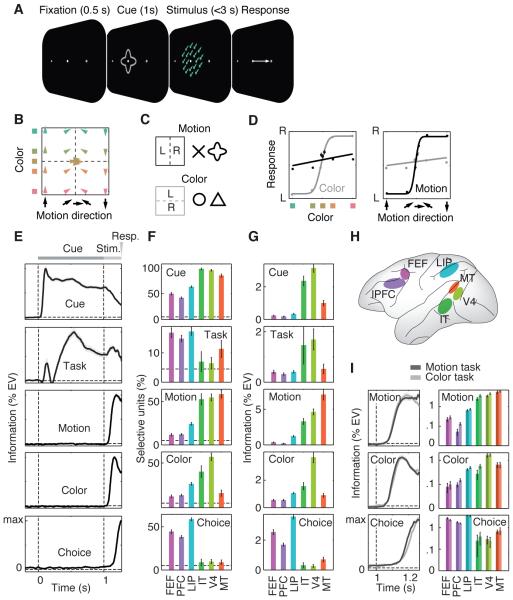Fig. 1. Task, behavior, and neuronal information.
(A) Monkeys categorized the motion direction or color of centrally presented, colored random dot stimuli. Before stimulus onset, a central cue indicated which feature to categorize. Monkeys indicated their choice with a leftward or rightward saccade and held central fixation throughout each trial until their response. Monkeys were free to respond any time up to 3 s past stimulus onset. (B) Stimuli systematically covered motion direction and color space between opposite motion directions (up/down) and opposite colors (red/green; Lab space). All stimuli were 100% coherent, iso-speed, iso-luminant, and iso-saturated. (C) Two different cue shapes cued each task. (D) Responses were strongly modulated by motion and color for the motion and color task, respectively. (E) Time courses of neuronal information in spiking activity about five different task variables averaged across all units and brain regions. Information is measured as percent variance of spiking explained by the variable of interest, independent of all other variables (%EV). (F) Percentage of units per region significantly encoding each type of information (P < 0.05). Dashed lines indicate chance level. (G) Average information encoded for each region and type of information. (H) Schematic display of the recorded brain regions. (I) Time course of average motion, color and choice information analyzed separately for motion and color categorization tasks. Note information is log-scaled to facilitate comparison between tasks. All error bars denote SEM.

